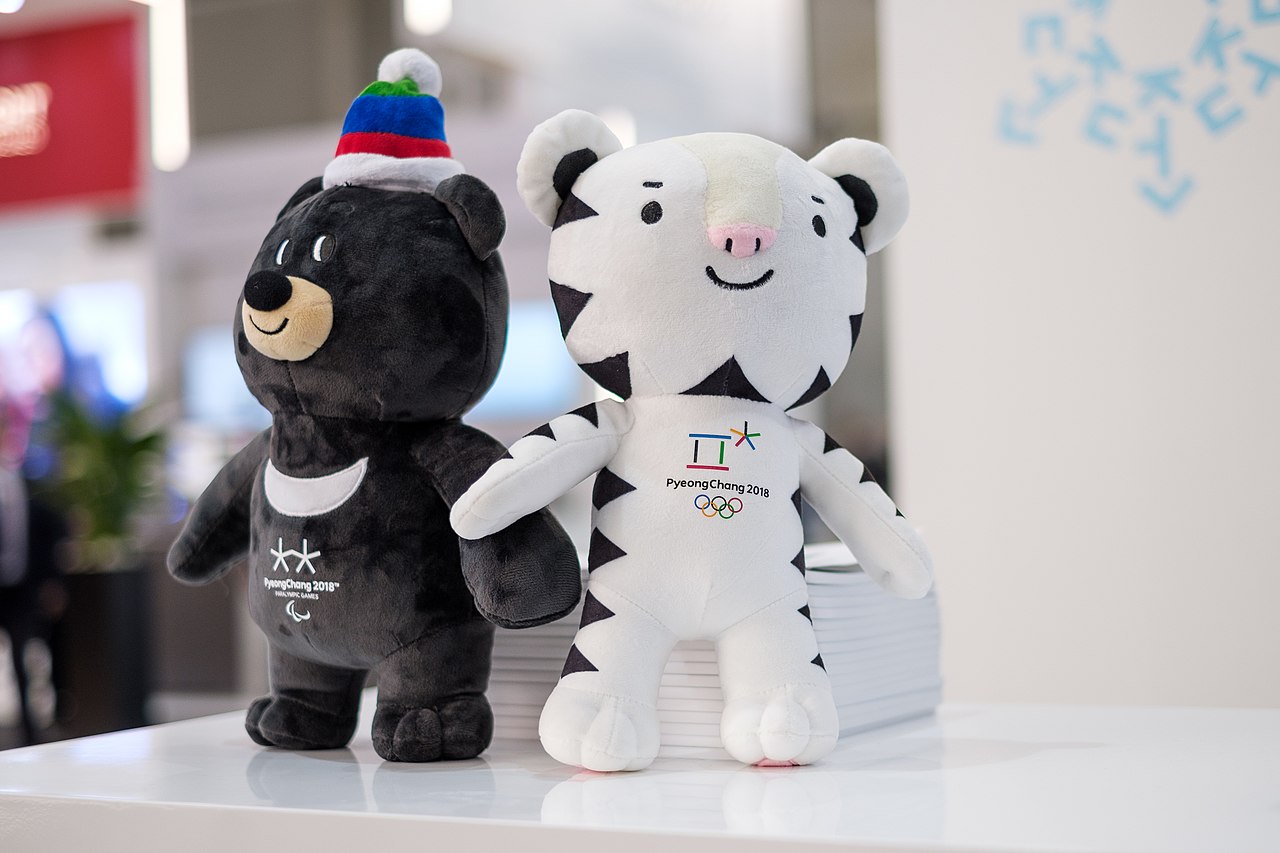Who has been watching the Winter Olympics? Did anyone notice (from your cozy living room) that many of the days were not just cold . . . they were bone-chillingly frigid? What caused such extreme temperatures for a location at the same latitude as Washington, D.C.?
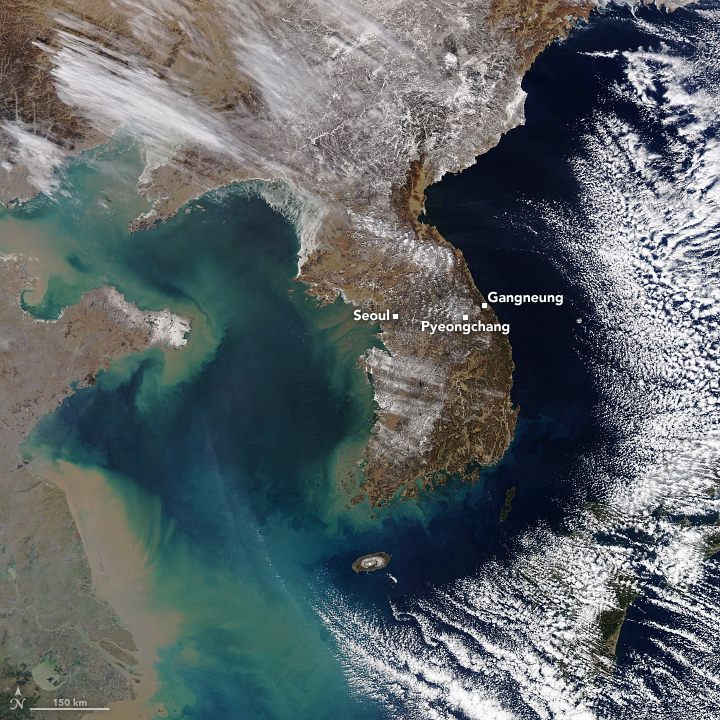
The first few days saw temperatures dropping into the single digits F° during the day. With the windchill, temperatures dropped below zero. Consider the even more extreme sensation that an athlete gets when going 50 mph down the slopes or jumping 10+ feet high in the air!
With temperatures cold enough to have caused hypothermia for concertgoers, you can only imagine what the athletes go through. There were reports of postponed events, canceled practices, and destroyed equipment. It was so cold that reporters found water-based makeup freezing to their face.

Why the severe cold for South Korea? Because Pyeongchang lies on the same latitude as Washington, D.C., experts anticipated weather patterns similar to Washington's in early February. The problem is that although these two cities lie along the same latitude, their weather is impacted by two significantly different weather patterns. Washington, D.C., is impacted by a warm Atlantic and the Pacific North American Arctic Oscillation. South Korea lies along the Siberian Peninsula, which is backed by warm Pacific waters and the Asian Arctic Oscillation.
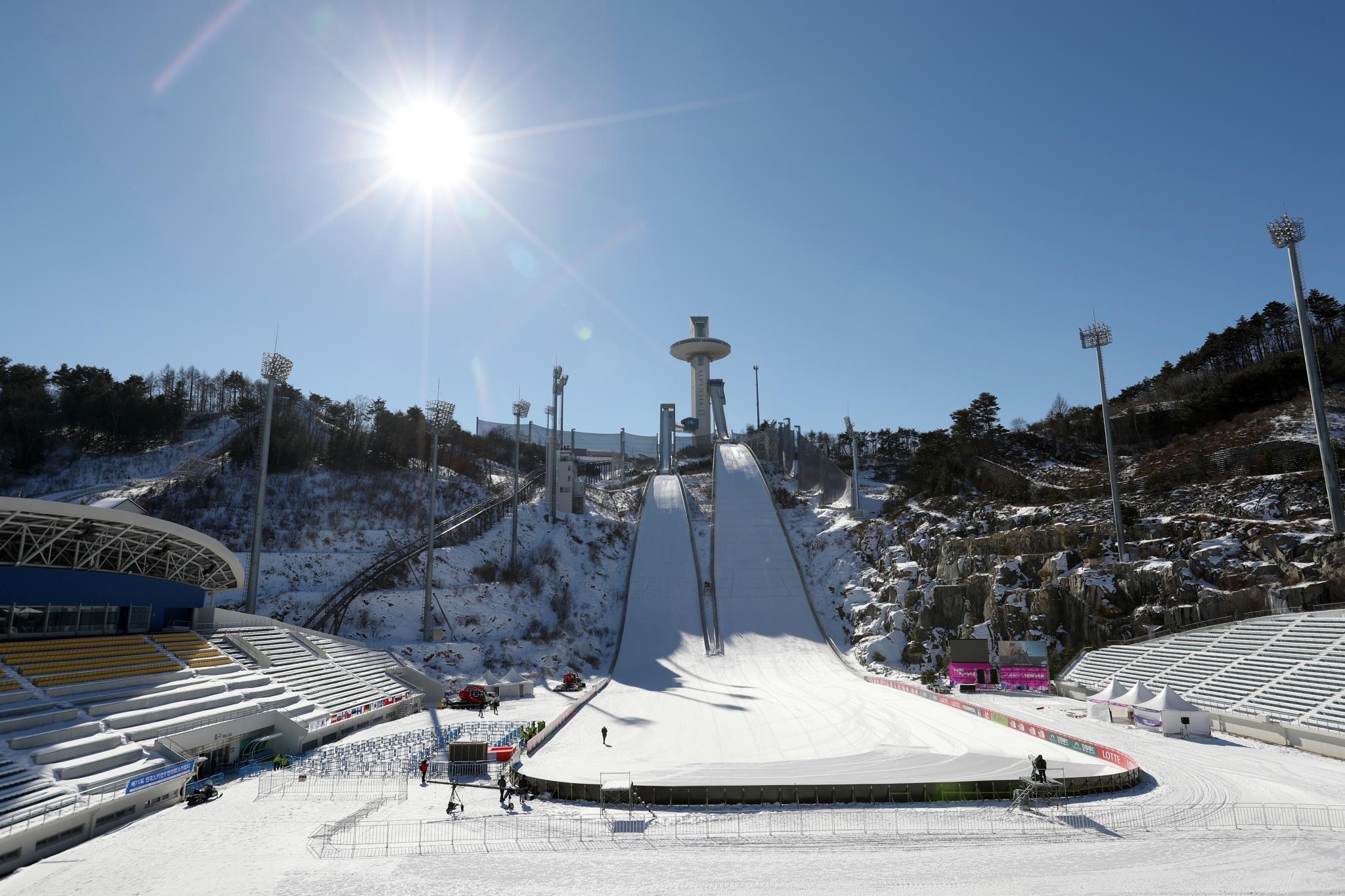
Ironically, what was creating airport closures and record-breaking temperatures in the U.S. in early January is creating event closures and record-breaking Olympic temperatures for South Korea some 40 days later.
Who remembers the polar vortexes that have hit North America? Our most recent one occurred in early January. This event pulled freezing cold arctic temperatures from the northern polar areas into southeastern Canada and the northeastern, central, and southern United States.
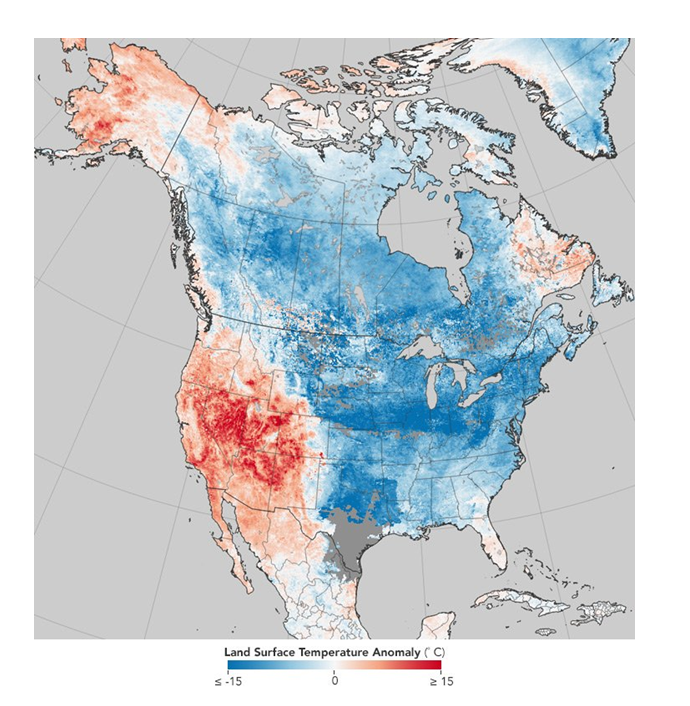
The impact of this was not as heavily covered by the press, thanks to the bomb cyclone that the cold polar vortex temperatures helped to create . . . but that’s another story. The polar jet stream that impacts the U.S. known as the North Atlantic Oscillation is part of a greater polar jet stream pattern known as the Arctic Oscillation. Weather that impacts North America can follow through into Europe and Asia and vice versa. So when that cold arctic air hit the warm Asian Pacific coastal waters, it dipped down and hit South Korea at perhaps the worst time.
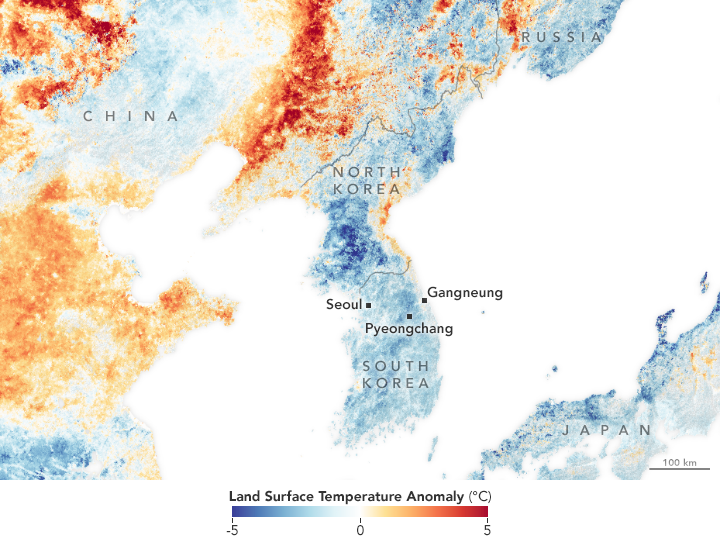
Perhaps after the "sweatshirt" Winter Olympics at Sochi in 2014, we had become spoiled by warmer weather, but at least South Korea has not had to ship snow to their mountains to enable the skiing events. Yes, this year the cold weather at the Winter Olympics at least allowed for snow, and that’s a good thing.
